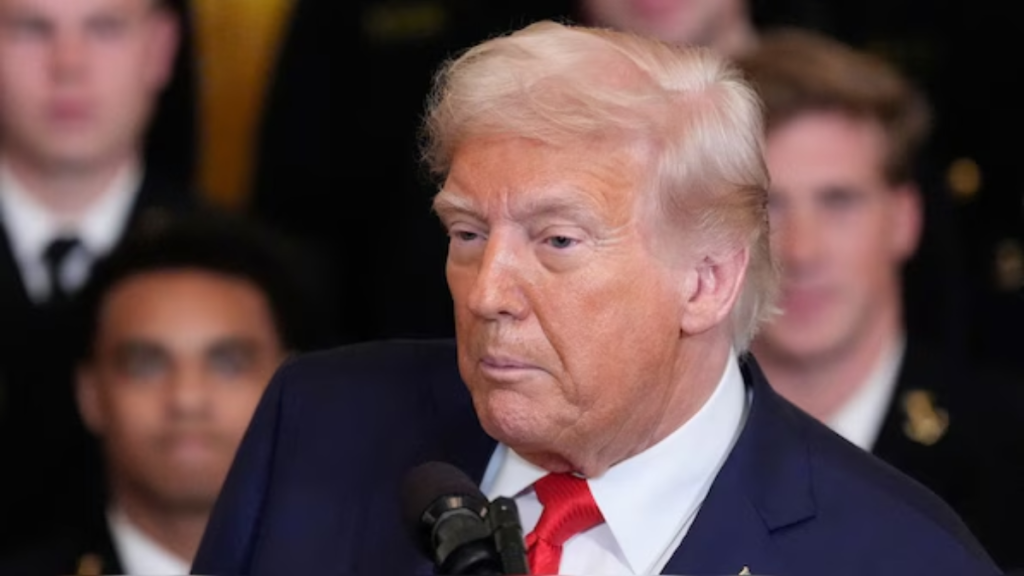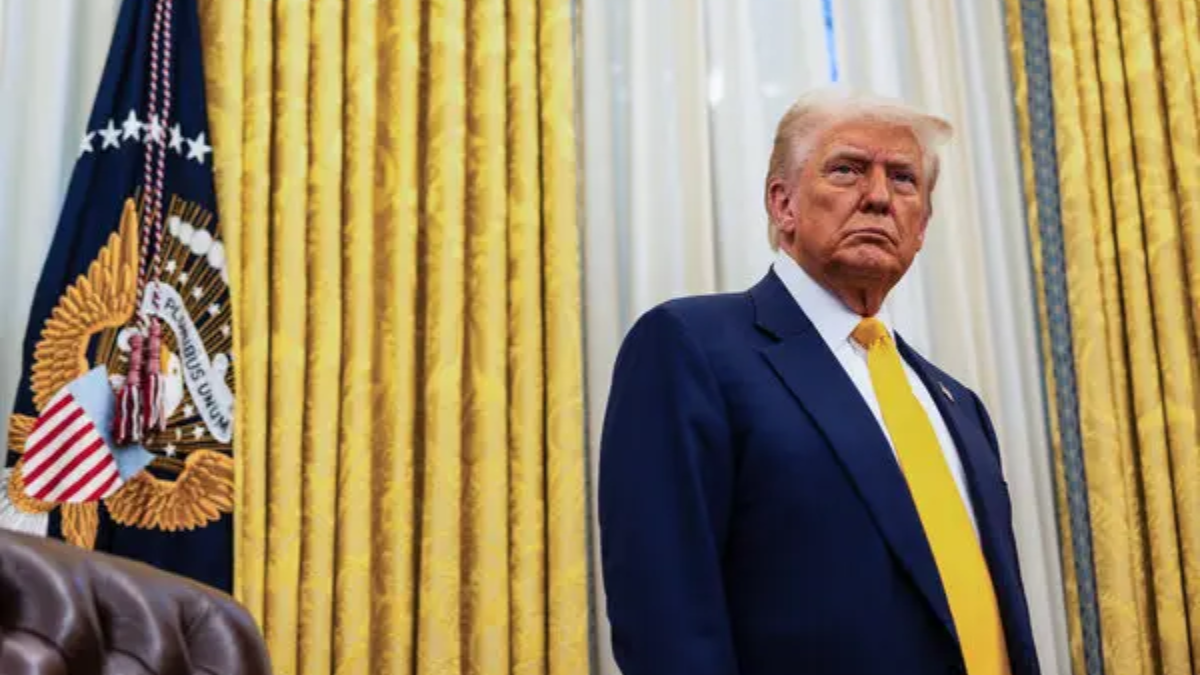Under former President Donald Trump, the administration’s economic policies were often framed as “America First,” aimed at bolstering national security, industry, and employment.
However, critics argue that these strategies disproportionately favored corporations and high-income earners, while cutting support systems for the country’s most vulnerable populations.
Trump’s team consistently pushed for budget cuts to social programs such as food assistance, affordable housing, and Medicaid, citing the need to reduce federal spending.
According to the U.S. Department of Agriculture, the administration attempted to tighten Supplemental Nutrition Assistance Program (SNAP) eligibility requirements, potentially removing benefits from hundreds of thousands of people.
Welfare Reform or Systemic Neglect?
Proponents of these changes claimed the reforms would reduce dependency on government aid and encourage self-sufficiency. However, a study by the Center on Budget and Policy Priorities (CBPP) found that these cuts would leave millions without a safety net, particularly in rural and underserved areas.
One notable example is the push to impose stricter work requirements on SNAP and Medicaid recipients. While work requirements sound reasonable in theory, many affected individuals either already had jobs or faced barriers such as lack of transportation, childcare, or chronic illness.
Critics say that Trump’s welfare reform measures were less about lifting people out of poverty and more about eliminating support for those already struggling. “When you remove assistance but don’t create viable alternatives, you’re not encouraging self-reliance, you’re facilitating hardship,” said Melissa Boteach, a poverty policy expert.
Tax Cuts That Benefited the Wealthy
Perhaps the most defining aspect of Trump’s economic legacy was the 2017 Tax Cuts and Jobs Act. While touted as a middle-class tax break, the majority of its benefits went to large corporations and the wealthiest Americans.
According to the Tax Policy Center, the top 1% of earners saw a significant reduction in their tax burden, while many working-class families saw marginal benefits, if any.
Additionally, the corporate tax rate was slashed from 35% to 21%, a move that ballooned the national deficit and raised questions about fiscal sustainability. Meanwhile, promised wage increases and job growth largely failed to materialize for low-income communities.

Housing and Healthcare Cuts Deepened Inequality
The Trump administration proposed multiple budgets that included severe cuts to the Department of Housing and Urban Development (HUD), which would have reduced funding for public housing, rent assistance, and homelessness programs.
Although Congress ultimately did not enact many of these cuts, the proposals themselves signaled a deprioritization of low-income housing support.
In healthcare, the administration repeatedly attempted to repeal the Affordable Care Act (ACA) without offering a comprehensive replacement. According to Kaiser Family Foundation, millions of Americans, particularly those with pre-existing conditions or low incomes, would have lost health insurance coverage had these efforts succeeded.
The COVID-19 Pandemic and Delayed Relief
When the COVID-19 pandemic hit, the Trump administration’s response was widely criticized for being slow and disorganized.
While relief packages like the CARES Act provided temporary assistance, they were followed by months of political gridlock and uncertainty.
The administration also declined to extend the federal eviction moratorium without prompting from Congress or the courts, putting millions at risk of losing their homes during an unprecedented health crisis.
A Legacy That Normalized Economic Struggle?
Critics argue that the Trump administration’s economic policies sent a message that poverty is either acceptable or the fault of those experiencing it.
The consistent reduction of social safety nets, combined with tax policies favoring the wealthy, created a landscape where economic disparity grew sharper.
“We saw a normalization of poverty under Trump,” said economist David Kamin. “Rather than viewing economic hardship as a societal issue requiring systemic solutions, the narrative shifted toward individual blame and reduced responsibility from the state.”
What Lies Ahead?
With Donald Trump seeking a return to the White House, discussions around his economic record and its impact on the working class are again taking center stage. Advocacy groups, researchers, and voters are weighing whether another Trump presidency would revive the same priorities that many say exacerbated poverty.
In contrast, current efforts by the Biden administration have focused on expanding child tax credits, enhancing Medicaid coverage, and investing in affordable housing—although not without their own criticisms and challenges.
The long-term effects of Trump-era policies are still unfolding, but one thing remains clear: the debate over how much support Americans deserve from their government is far from over.
For detailed information on federal social programs, visit the U.S. Department of Health & Human Services.
Disclaimer – Our team has carefully fact-checked this article to make sure it’s accurate and free from any misinformation. We’re dedicated to keeping our content honest and reliable for our readers.
